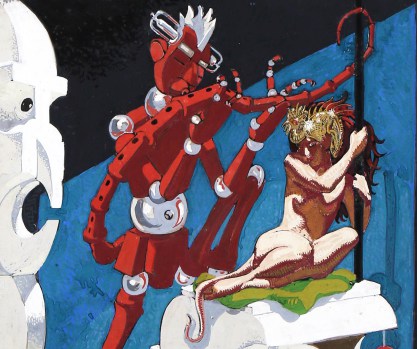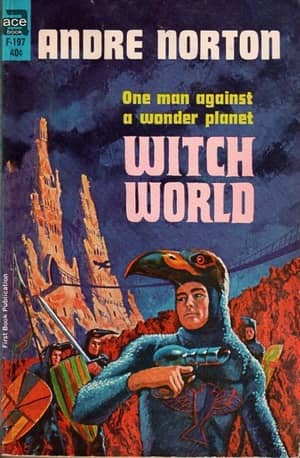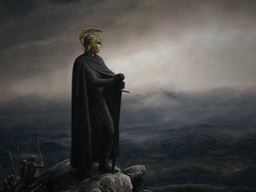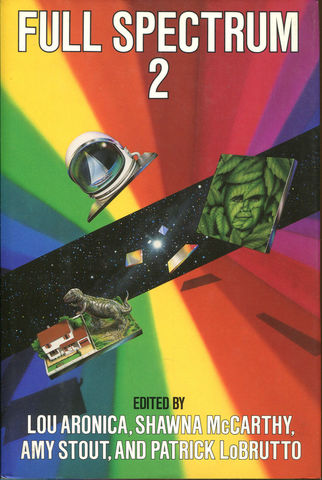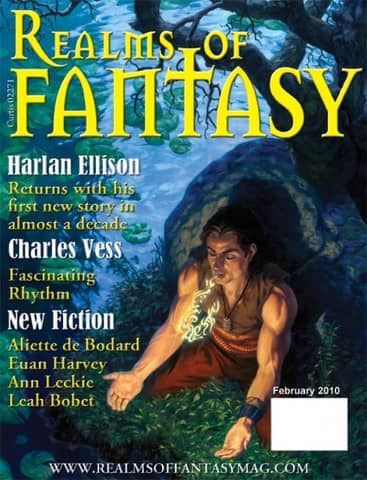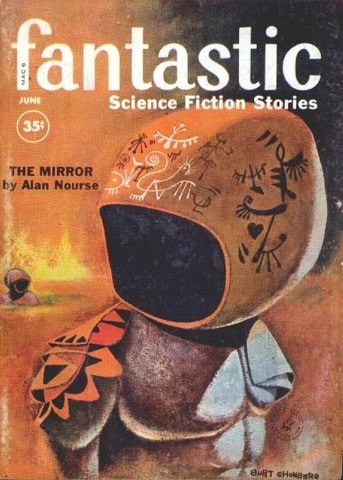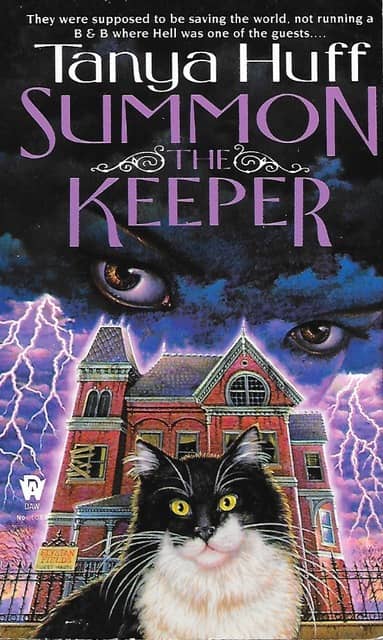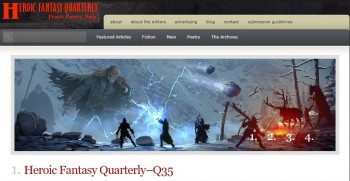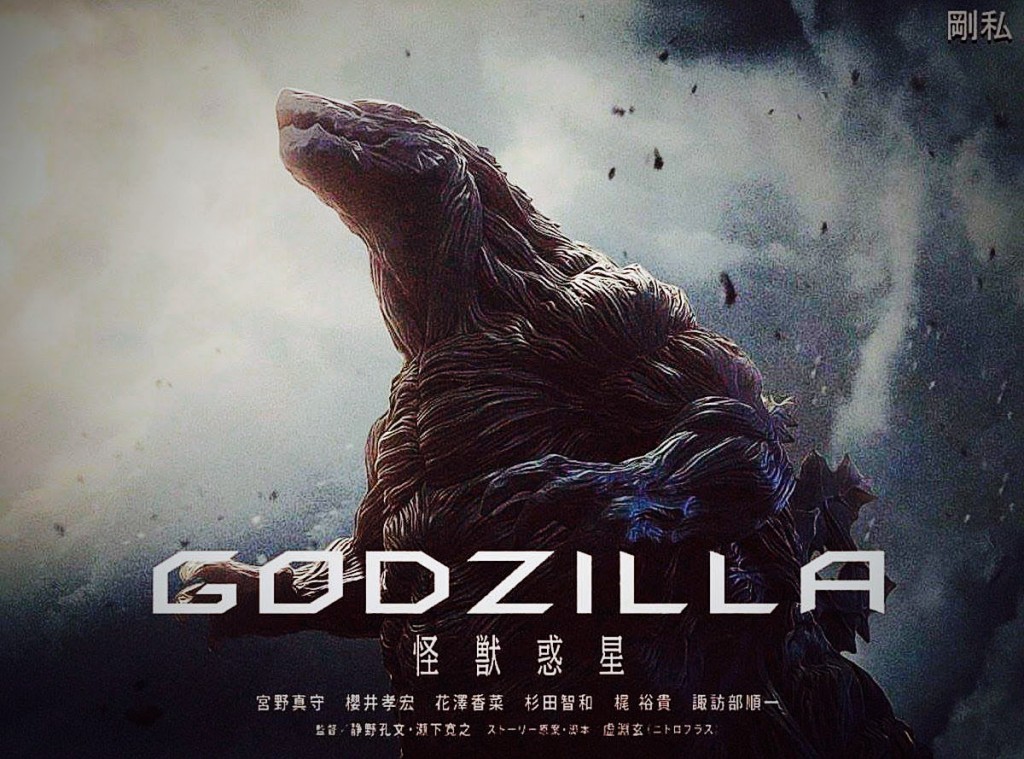The Robots of Mahlon Blaine
Mahlon Blaine was born in 1894 and was blind in one eye. People have been writing his biography since the 1920s and that’s about all they can verify. He provided the cover art, a faceless figure carrying a sword and spear, for Sir Hugh Clifford’s The Further Side of Silence. When asked for a few words about his life, he provided these:
Mahlon Blaine has illustrated these Malayan dramas with the magic of his own experience. A New England Quaker descended from staunch old New Bedford Whalers, Mahlon Blaine went to sea at fifteen and sailed before the mast in one of the last of the old wind-jammers. Then under steam he commuted from the Pacific Coast to the Atlantic, to the Mediterranean, to the Arctic to all of Kipling’s Seven Seas where a merchantman seeks cargo. It is such eastern ports as Macao, Port Said, Hongkong, Pearl Harbor, that have given him his gallery of wicked, twisted Oriental faces and the museums of the world that have been his art schools. He has sailed up the Congo to make a collection of African masks, rescued fellow countrymen from jails in Indo-China, and nosed into many a Malay river for strange cargo and shipped many a Malay crew. He thinks that Sir Hugh Clifford has an uncanny knowledge of native psychology and can substantiate many of the stories by his own experiences.
Not one word is true, except possibly for the last sentence and “he.”
